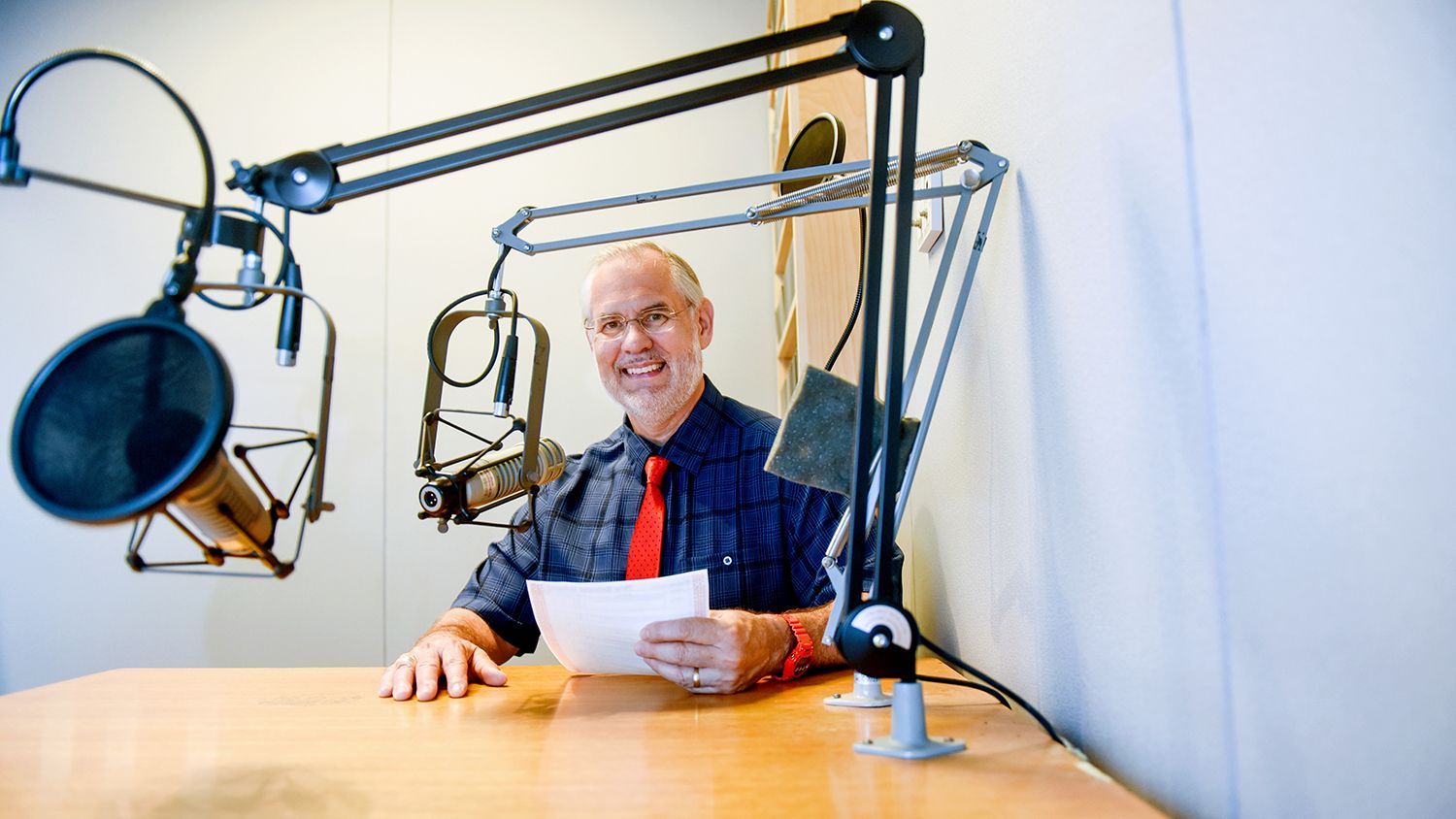Why Are We Driving Less?
For much of the last half century, one of the major trends in the country has been increased driving, says host Mary Walden. Vehicle ownership rose. Households moved to the suburbs, and road construction couldn’t keep up with the increased driving. But this hasn’t necessarily been the case in recent years, she tells her husband, N.C. State University economist Mike Walden, and asks, “What happened?”
Mike Walden: Well, these are really amazing statistics. Both the total number of miles driven by drivers as well as the miles driven per person have dropped in recent years and have totally obliterated a trend that we’d seen for decades, where both those numbers were going up. Several factors probably are at work here. One big one, of course, is gas prices. Gas prices have gone up dramatically over the last couple of decades. They’ve leveled off around $3.30 to $3.50 a gallon. But clearly there is a statistical link between higher gas prices and less driving. So that’s clearly one factor. Another factor certainly was the recession, the high unemployment associated with the recession — fewer people going to work, fewer people driving. Another factor: aging the populations. Statistics show that older folks drive less. A big wild card in this, I think, though, Mary, is the changing attitudes of the younger generation — the millennials — about driving. Statistics show that they are much, much less prone to drive. They are much more likely to use public transportation. They’re likely to live in areas where they’re closer to work. It’s going to be very interesting to see if those habits change as the millennials age. But if we have seen a peak and therefore a drop in driving, that’s going to have big implications for public policy, particularly in our ability to fund maintenance and new roads.
- Categories:

